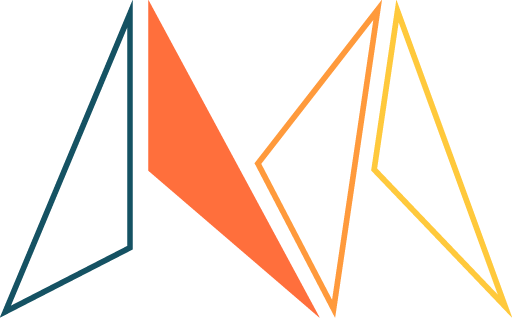Summary
This teaching activity broadens students’ perception of what actors affect or are affected by a design or a design process, beyond humans. In this activity, the students will develop an understanding of the world as a complex socio-ecological-technological system. They will learn about the difference between direct and indirect stakeholders and learn to identify and map human and more-than-human stakeholders of a design.
Motivation
Living in the age of Anthropocene, design students tend to focus only on the human end-users and overlook more-than-human actors that do not necessarily interact directly with the design but are still implicated by it. Students often lack a broader perspective on humans as entangled with complex socio-ecological-technological systems also including more-than-human stakeholders. In particular, the roles of non-targeted users such as more-than-human stakeholders are often overlooked by the designer. If students ignore the more-than-human stakeholders of their design, they might end up focusing on immediate tasks and short-term goals without considering the ripple effect of their design that might cause unforeseen consequences in the long run. Students may unintentionally create technology designs that do more harm than benefit to the world.
Through this teaching activity, the students will develop an understanding of the world as a complex socio-ecological-technological system and how humans and more-than-human actors are entangled and interdependent They will learn to identify a diverse range of direct and indirect human and more-than-human actors that affect or are affected by their design and/or design process.
Learning outcomes
After the teaching activity students should be able to:
- Understand human entanglement with the world as complex social-ecological-technological systems consisting of human and more-than-human actors.
- Know the difference between indirect and direct human and more-than-human actors.
- Identify multiple human and more-than-human actors of a design and/or design process.
Teacher guidance
Preparations
Bring paper, pens for the mapping exercise. If the teaching activity takes place online, a shared digital sketch space is needed.
Step 1: Lecture, Group size: All, Time: 30 min
The teacher introduces the students to entanglement theories and the concepts of direct and indirect stakeholders.
Step 2: Lecture, Group size: All, Time: 30 min
Introduction to the more-than-human stakeholder mapping activity.
Step 3: Group work, Group size: 3-4, Time: 30 min
The students work in groups on the mapping activity part I.
Step 4: Group work, Group size: 3-4, Time: 30 min
The students work in groups on the mapping activity part II.
Step 4: Share in class, Group size: All, Time: 15 min
Students meet back in the classroom and reflect upon the outcome of the activity,
Questions for assessment
- Give an example of how humans and more-than-humans actors are entangled?
- What more-than-human actors did you identify beyond the direct stakeholders of your design?
- How might your design harm or benefit the more-than-human actors?
Recommended readings
Fuchsberger, Verena and Frauenberger, Christopher (2023). Doing responsibilities in entangled worlds, Human–Computer Interaction, http://10.1080/07370024.2023.2269934
Haraway, Donna (2015). Anthropocene, Capitalocene, Plantationocene, Chthulucene: Making Kin. Environmental Humanities 6(1). 159–65. http://10.1215/22011919-3615934
Category

Assemblage
Duration
2 hours
Materials
Slides (.ppt)
Slides (.pdf)
Worksheet (.docx)
Worksheet (.pdf)
Credits
The teaching activity builds on methods for stakeholder research in design and the open educational resources available at “Teaching for Values in Design” (https://teachingforvaluesindesign.eu).
